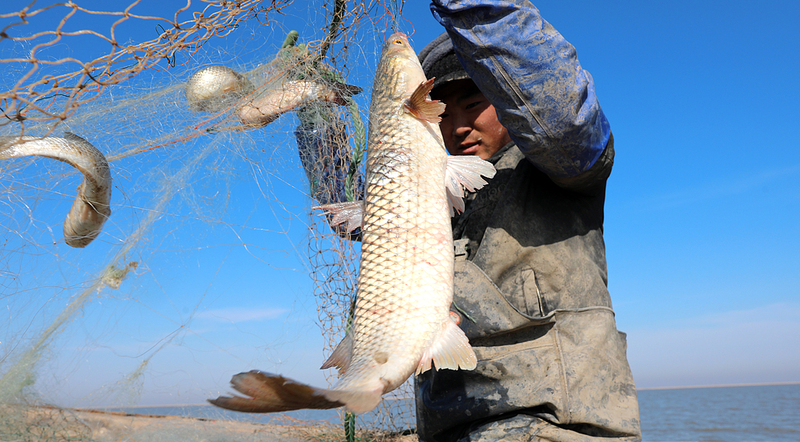Across the East China Sea, Bohai Sea, Yellow Sea and South China Sea, fishing communities trace roots that go back centuries. Their daily rhythm is shaped by tides, seasons and government-imposed fishing moratoriums designed to let fish stocks recover. After months of stillness, colorful sails rise again with the autumn tide.
From Stillness to Sail: Life in the East China Sea Moratorium
In the golden light of early autumn, vessels once anchored in quiet harbors return to the waves. Local captains describe the relief that comes as crews hoist nets and set sail, marking the end of a seasonal pause meant to replenish key species like hairtail and yellow croaker.
Modernizing Traditions: Tech and Sustainability at Sea
While the sea’s rhythms endure, the tools are evolving. Families that once relied on basic gear now experiment with eco-friendly nets and GPS-enabled navigation. Solar panels on deck power LED lights that lure fish at night, and drones monitor nets and chart new grounds, bringing data-driven insights to a generations-old trade.
Charting a Sustainable Course
The drive toward a modern maritime power goes beyond fleet size. Coastal authorities and fishing associations have launched training programs on responsible harvesting, blending traditional knowledge with marine science. In historic hubs like Qingdao, hackathons bring together developers and fishermen to co-create apps for tracking stocks and preventing overfishing.
For the thousands working offshore, the sea is more than a workplace—it is a living legacy. As the Chinese mainland advances its maritime blueprint, these fishing boats carry a story of adaptability, stewardship and enduring respect for the ocean’s pulse.
Reference(s):
cgtn.com




